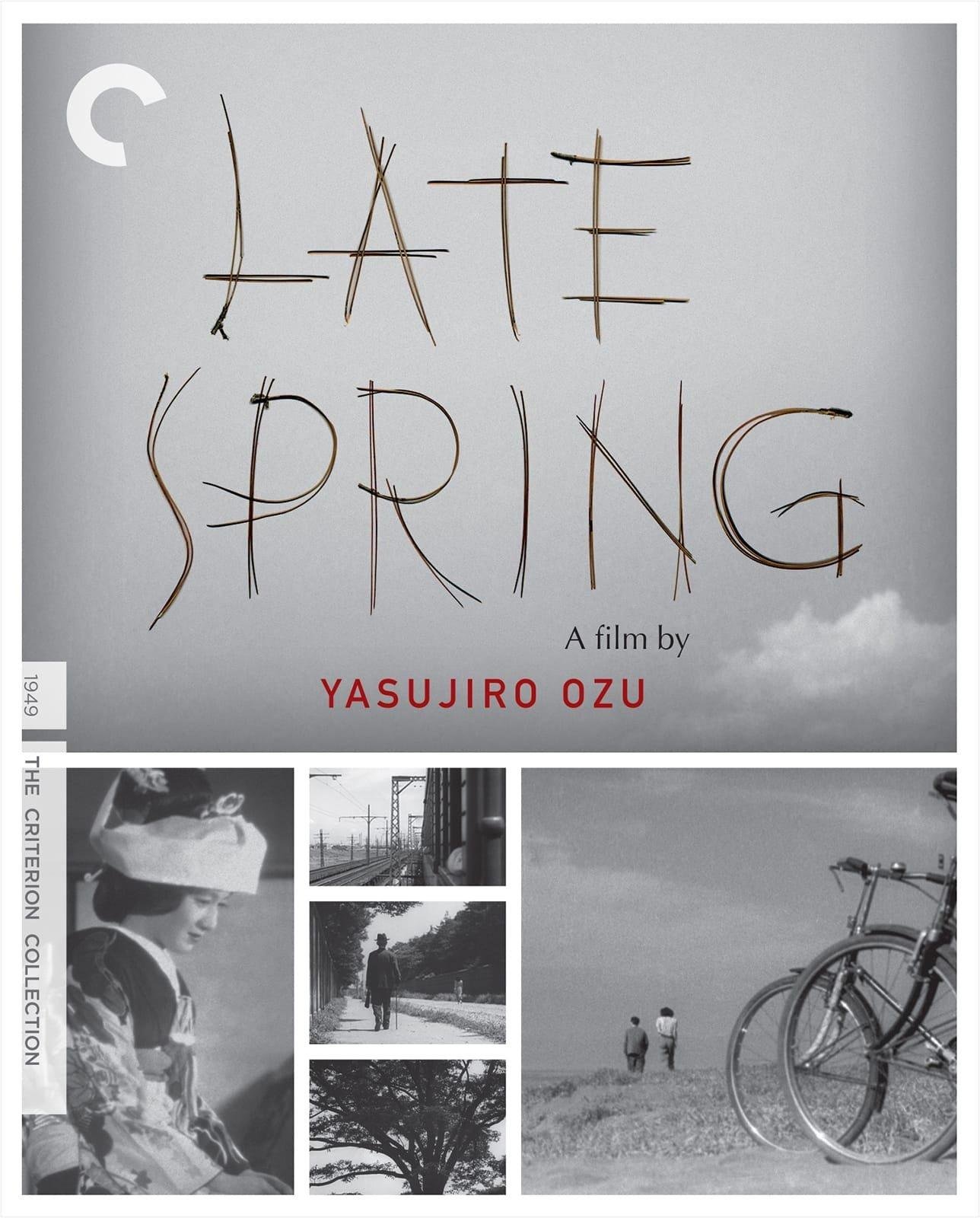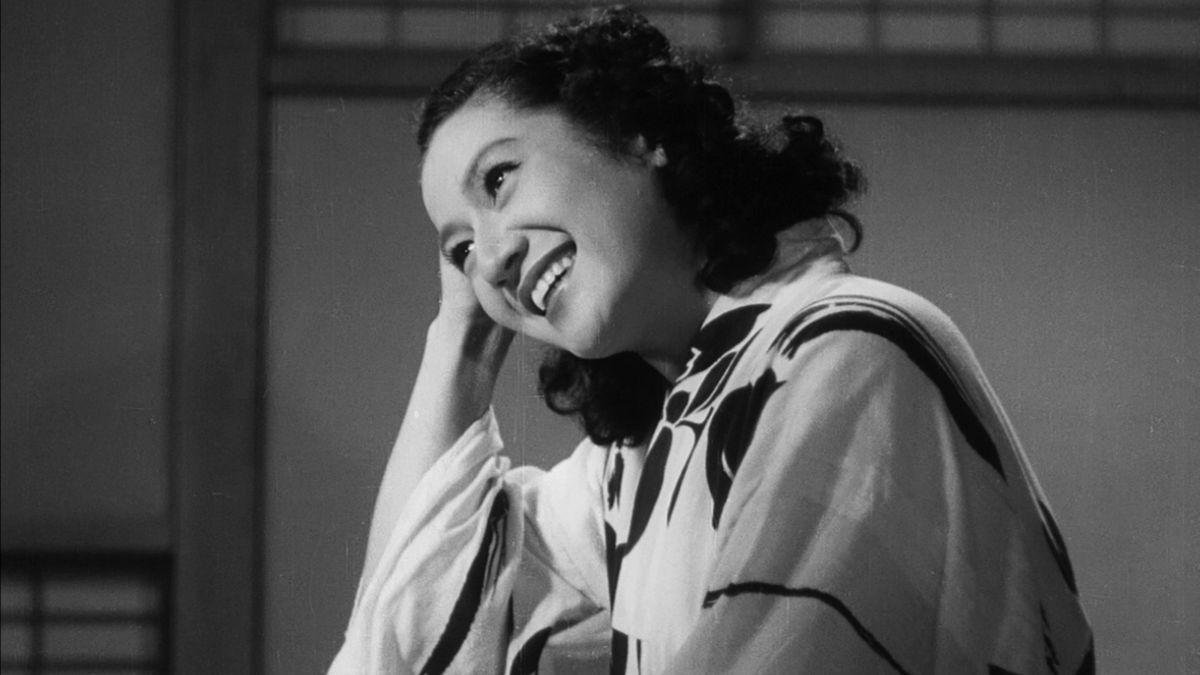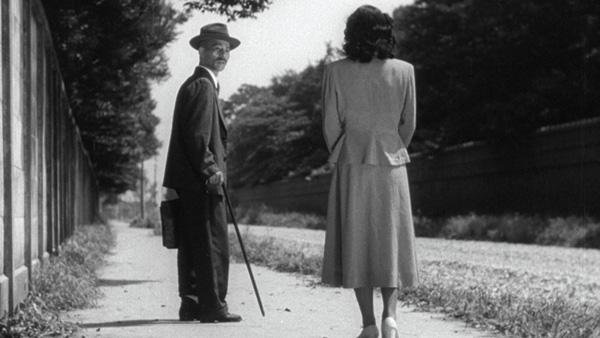Exploring the Beauty of Yasujiro Ozu’s ‘Late Spring’: A Masterpiece of Japanese Cinema
Welcome to my latest article where we’ll be diving into the world of Japanese cinema and exploring the beauty of Yasujiro Ozu’s masterpiece, ‘Late Spring’. As a film critic, it’s always a joy to revisit this film and witness its timeless storytelling and stunning visuals. Ozu’s unique approach to cinema is something that continues to inspire filmmakers across the world, and ‘Late Spring’ is a shining example of his craft. Join me as we take a closer look at this incredible film and uncover what makes it such a cinematic gem.
Welcome to my latest article where we’ll be diving into the world of Japanese cinema and exploring the beauty of Yasujiro Ozu’s masterpiece, ‘Late Spring’. As a film critic, it’s always a joy to revisit this film and witness its timeless storytelling and stunning visuals. Ozu’s unique approach to cinema is something that continues to inspire filmmakers across the world, and ‘Late Spring’ is a shining example of his craft. Join me as we take a closer look at this incredible film and uncover what makes it such a cinematic gem.

Introduction to the Film
Welcome to the world of Japanese cinema, where the stories are simple yet profound, and the visuals are stunningly beautiful. Today, we will be reviewing the masterpiece of Yasujiro Ozu, the Late Spring, a movie that captures the essence of family, love, and sacrifice. Ozu’s unique style of storytelling, with his focus on everyday life and human relationships, makes him one of the greatest Japanese filmmakers of all time. So, grab your popcorn and join us as we delve into the world of Late Spring and explore the brilliance of Yasujiro Ozu.
Setting and Characters
In Yasujiro Ozu’s Late Spring, the setting and characters play a significant role in creating a melancholic yet heartwarming atmosphere. The film takes place in post-World War II Japan, where the traditional customs and societal rules are still deeply ingrained. The main characters, a father and his daughter, represent the conflict between the old and new generations. The daughter, Noriko, is pressured by her family and friends to get married, but she resists because she wants to take care of her aging father. The film beautifully captures the nuances of the characters’ relationships and the setting, making it a classic in Japanese cinema.
Plot Summary
Late Spring is a 1949 Japanese film directed by Yasujiro Ozu. The movie tells the story of Noriko, a young woman who lives with her widowed father, Professor Shukichi Somiya. As Noriko approaches the age of marriage, her father begins to worry about her future and decides to find her a husband. Despite her reluctance, Noriko agrees to the idea, but with one condition: her father must marry again as well. This creates a dilemma for Professor Somiya, who is torn between his love for his daughter and his fear of being alone. The film explores themes of family, tradition, and the pressures of societal expectations. Ozu’s direction and the performances of the cast make Late Spring a timeless masterpiece of Japanese cinema.

Themes Explored
Yasujiro Ozu’s Late Spring explores various themes that are relevant to its time and even to this day. The film delves into the intricacies of family relationships, co-dependency, and the concept of sacrifice. It presents a poignant portrayal of a father and daughter’s relationship and how their love and devotion for each other can lead to selfless decisions. Ozu also touches on the societal pressure of marriage and the fear of loneliness, which adds another layer of complexity to the film. Through his masterful direction and strong performances from his cast, Ozu paints a picture of humanity that is both relatable and thought-provoking.
Cinematography and Visuals
Cinematography and visuals play a crucial role in any film, and Yasujiro Ozu’s Late Spring is no exception. The film’s director of photography, Yuharu Atsuta, captures the beauty of Japanese culture and landscapes through his lens. The shots are often framed in a way that showcases the natural scenery, while also highlighting the characters’ emotions and actions. The use of static shots and long takes, a signature style of Ozu’s, adds a layer of contemplation and reflection to the film. Overall, the cinematography and visuals in Late Spring contribute to the film’s profound and poignant themes of familial relationships and societal expectations.
Sound and Music
Sound and music play an important role in Yasujiro Ozu’s Late Spring film. The film’s score is minimalistic, with only a few notes played on the piano throughout the movie. This adds to the film’s contemplative and meditative tone, allowing the viewer to fully immerse themselves in the story. In addition, Ozu makes use of ambient sounds, such as the chirping of birds or the rustling of leaves, to create a sense of realism and place the viewer directly in the scene. The use of sound and music in Late Spring demonstrates Ozu’s mastery of subtle, yet effective filmmaking techniques.

Acting Performances
When it comes to acting performances, Yasujiro Ozu’s Late Spring is a masterclass in subtlety and nuance. The film’s lead actress, Setsuko Hara, delivers a performance that is both understated and powerful, conveying a deep sense of longing and melancholy through the smallest of gestures and expressions. Ozu’s trademark style of static shots and deliberate pacing allows the audience to fully absorb and appreciate the actors’ performances, making Late Spring a must-see for anyone interested in the art of acting in cinema.
Reception and Legacy
The reception of Yasujiro Ozu’s Late Spring was initially mixed, with some critics finding the film to be slow-paced and uneventful. However, over time, it has become recognized as one of Ozu’s greatest works and a masterpiece of Japanese cinema. The film’s exploration of the changing roles of women in post-war Japan and the bonds between parents and children continue to resonate with audiences today. Its influence can also be seen in the works of contemporary filmmakers such as Hirokazu Kore-eda. Overall, Late Spring has cemented Ozu’s place as one of the most important and influential filmmakers in history.
Comparison to Other Ozu Films
When compared to other Ozu films, Late Spring stands out for its emotional depth and understated style. While some of Ozu’s other works may feel slow-paced or overly simplistic, Late Spring manages to captivate its audience with its nuanced characters and subtle storytelling. The film’s themes of family, tradition, and social pressure are explored with a delicate hand, leaving a lasting impact on viewers long after the credits roll. Overall, Late Spring is a standout film in Ozu’s oeuvre and a true masterpiece of Japanese cinema.
Conclusion and Personal Thoughts
In conclusion, Yasujiro Ozu’s Late Spring is a poignant and thought-provoking film that explores the complexities of human relationships and the inevitability of change. Ozu’s masterful direction and attention to detail bring the characters to life, making their struggles and emotions feel real and relatable. The film’s themes of tradition, family, and sacrifice are universal and timeless, and Ozu’s storytelling is a testament to his skill as a filmmaker. Overall, Late Spring is a must-watch for anyone who appreciates cinema as an art form and a medium for exploring the human experience.
For more information about Yasujiro Ozu Late Spring film review, including movie details, cast information, etc..
check out the filmaffinity page.



